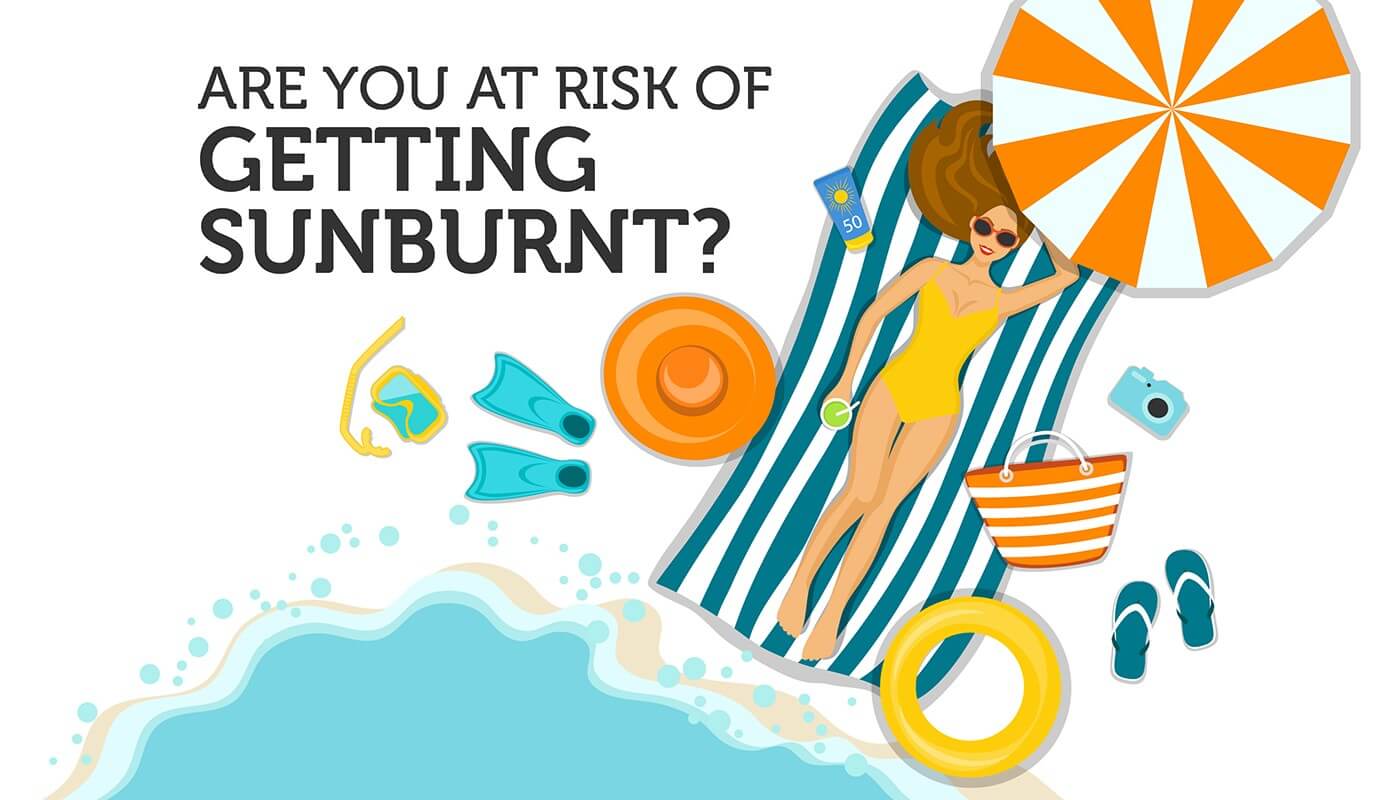Tanning – it has gone in and out of fashion through history. Victorian women refused to venture outside without a sunbonnet, a parasol and a shawl. Pale skin was a sign of nobility and refinement until the early 20th century.
Then in the 1920s, fashion designer Coco Chanel and American-born French entertainer Josephine Baker, single handedly altered the mindset of Parisians on sun-kissed skin.
Society went from using whitening powders to sunbathing. Tanned skin became trendy and fashionable.
A natural defence mechanism
Tanning is a natural defence mechanism against sunlight. We tan because of melanin, a pigment found in our bodies that gives color to our eyes, hair and skin. Melanin protects us from the ultraviolet (UV) radiation that can damage our DNA. It minimizes the negative effects from the sun, and protects against sunburns.
But not all of us can return from a vacation to Cuba, Bahamas or Hawaii with the perfect tan. Our tanning ability is inherited. Genes involved in melanin production and processing have a lot to do with how our skin will react to being in the sun.
Basics of tanning
Sunlight consists of ~96% UVA rays and 4% UVB rays. How our skin develops its tan, and how long we keep it depends on the type of UV rays.
UVA darkens pre-existing melanin, which is then redistributed to give us glowing skin. However, it doesn’t increase the total amount of melanin in our skin. This means cosmetic tanning methods that use only UVA, like tanning beds, will darken your skin, but won’t necessarily protect you from getting sunburns.
UVB on the other hand, increases the production of melanin. So while the tan we get from UVA is transient and fades quite quickly, the bronzing due to UVB can last for weeks or even months.
‘Tanning’ genes affect melanin
Melanocytes, the skin cells that make melanin, produce two different types of melanin. Pheomelanin is red or yellow in colour, and eumelanin is brown or black. Eumelanin is great at absorbing UV rays, while pheomelenin is much less efficient at blocking these rays.
The melanocortin 1 receptor
The melanocortin 1 receptor, found on the surface of melanocytes helps control the type of melanin we make. DNA changes in the MC1R gene, which encodes the melanocortin 1 receptor, are linked to a poor tanning response.
People who inherit variants of MC1R can’t properly initiate the switch between pheomelanin to eumelanin. They have more pheomelanin associated with pale skin, red hair and are at increased risk of skin cancer.
ASIP and the melanin switch
ASIP is another gene linked to the melanin switch. Unlike the melanocortin 1 receptor, it signals the melanocytes to produce pheomelanin. Variants of ASIP show a strong association with sun sensitivity, and an enhanced risk of skin cancer.
TYR, IRF4 and melanin production
Tyrosinase, encoded by the TYR gene, is another protein that influences our skin’s ability to tan. It catalyzes the first step necessary to make melanin. Variants of this gene are linked to our tanning ability.
DNA changes in the IRF4 gene affects our tanning ability in a more indirect way. IRF4 controls the levels of several other genes involved in melanin production. One variant of IRF4 is linked to reduced skin pigmentation.
What’s your tanning ability?
The choice to tan comes with its own risks. Exposing ourselves to the sun ages our skin prematurely, and increases the risk of skin cancers. However, lucky for us, we have access to a wide array of sun protection products that can fit the need of even the pickiest among us.
Find out whether you are more likely to sunburn or develop a nice even tan with the DNA Skin Health Test, so you can make smart choices to protect your health.















